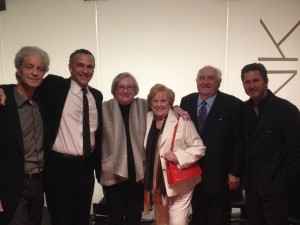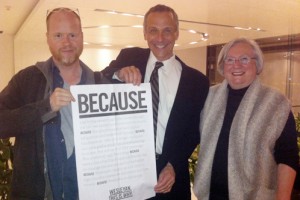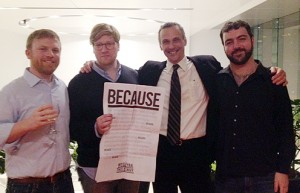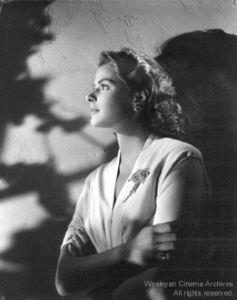Last week I received great news from the Andrew Mellon Foundation. The board just approved a major endowment grant to our new College of Film and the Moving Image. CFMI will receive a $2 million gift, if Wesleyan can raise another $4 million for the College over the next four years. This is similar to the very generous matching gift that Mellon made to our Center for the Humanities a couple of years ago. We completed that match in 2013, establishing an endowment for the Center for the Humanities for the first time in its 50-year history.
The CFMI is dedicated to advancing understandings of the moving image in all its forms—film, television, and digital media—through pedagogy, scholarship, community outreach, and historical preservation. The focus throughout is on the study and practice of visual storytelling, and the model of a close-knit, interactive college is well suited to the inherently collaborative nature of work in the world of film, television, and digital media. The CFMI—integrating our renowned Department of Film Studies, Cinema Archives, Center for Film Studies, and Film Series—will expand student access to the subject and increase learning opportunities for non-film majors.
I believe that this is the first major grant that Mellon has made to film studies in its long history of supporting liberal education. The foundation explained that Wesleyan’s liberal arts approach to film was “unique” in the field, and its leadership was delighted to help the university build a foundation for a program that had already achieved so much.
Congratulations to the film alumni, students and faculty! And now onward to raise this important endowment match!!






